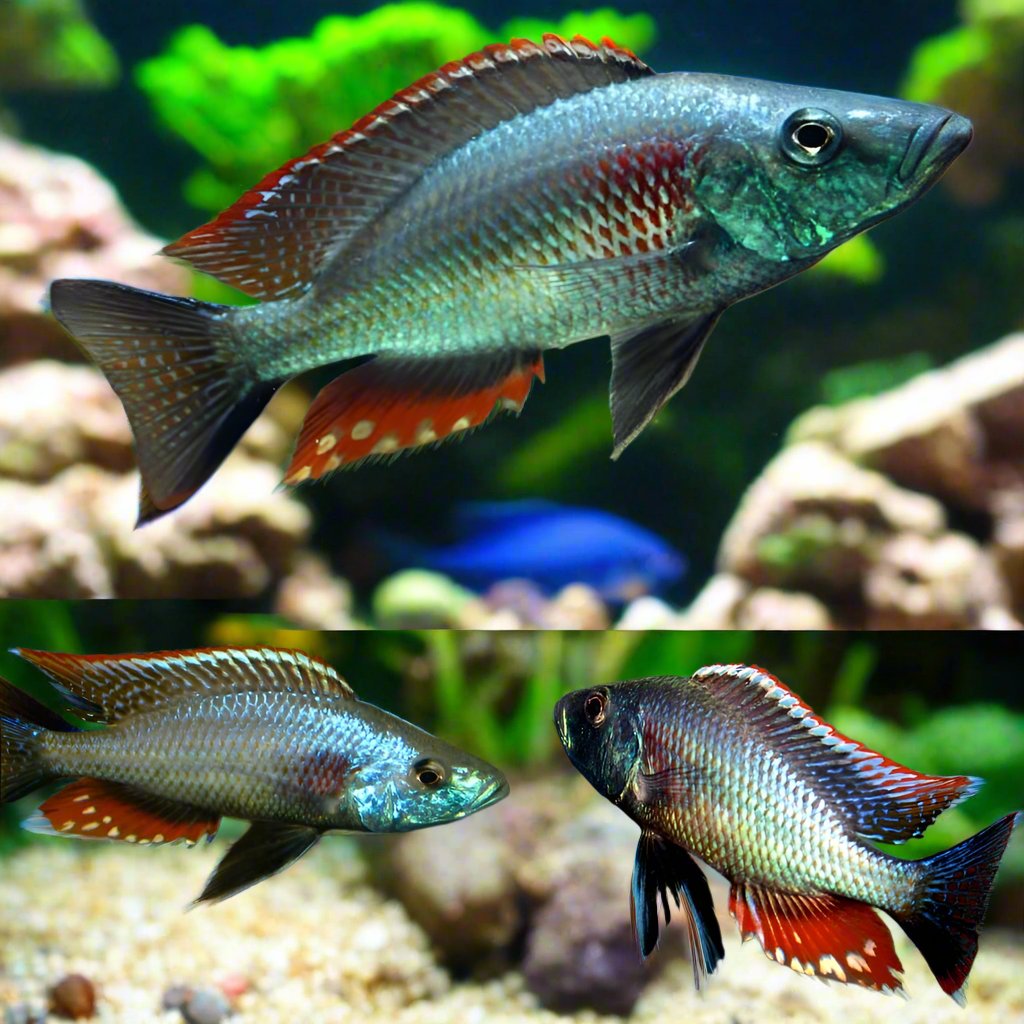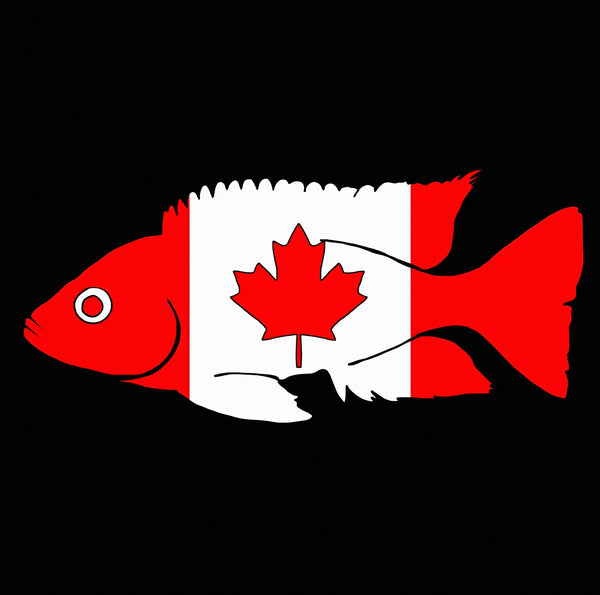SKU:PHA1780S
DIMIDIOCHROMIS STRIGATUS (HOUSEBRED F1)
DIMIDIOCHROMIS STRIGATUS (HOUSEBRED F1)
Out of stock
Couldn't load pickup availability
Common name: Haplochromis sunset
Scientific name: Dimidiochromis strigatus
Origin: Lake Malawi; also found in the Shire River.
Size: Usually around 15cm/6", but potentially up to 25cm/10". Females are a little smaller.
Diet: There has been some debate about the diet of D. strigatus. Stomach analyses of wild fish have shown that the species feeds on invertebrates and small utaka. Captive fish should take most bulky foods, including cichlid pellets and frozen shrimp.
Water: Typical Lake Malawi conditions - hard, alkaline.
Aquarium: Like the related D. compressiceps, it's found midwater in shallow, sandy bays and lagoons, often among vegetation. Adults need large aquaria, especially when breeding, as they can get aggressive. Provide more than one female per male, and add plenty of shelter for the females to hide if they are being harassed. Use a deep sandy-gravely substrate and a wide tank to allow them to construct the nest as it would in nature.
Sexing: Males are larger and more colourful.
Breeding: According to Baasch (1992), D. strigatus builds a large crater nest about 50cm/20" wide and 5-10cm/2"-4" deep, and spawns within this. The females can have very large broods, with up to 230 fry being reported. Baasch notes that the fry feed so ravenously that casualties can occur because they seem to gorge themselves and don't know when to stop feeding. At 2.5cm/1", they become less problematic to rear.
Notes: There are three other species in the genus: D. dimidiatus, D. kiwinge and D. compressiceps. D. kiwinge and D. compressiceps are found in Lake Malombe as well as in Lake Malawi.
Availability: While D. compressiceps is widely sold and commercially bred, the other three species aren't very common. Aqua Blue Zaire in Peterlee, County Durham, recently had these and young D. dimidiatus in stock.
Share


